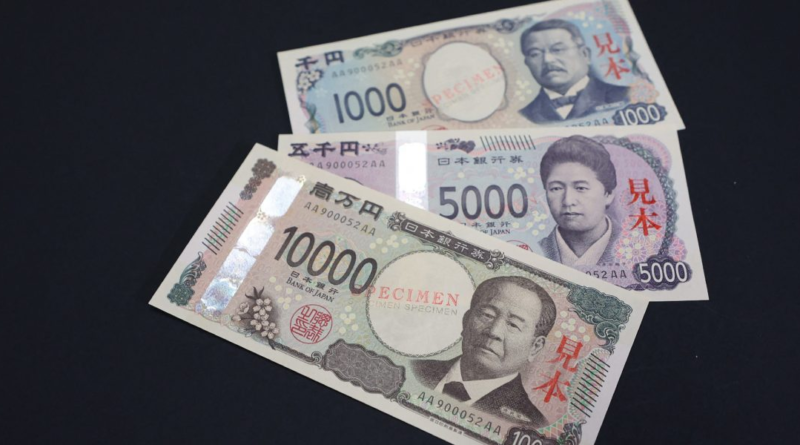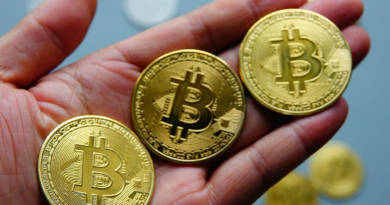Japan rolls out new banknotes for the first time since 2004, but only 30% of the country’s many vending machines can accept them
Japan issued newly designed banknotes for the first time since 2004 in a move that may provide a small boost to the economy while potentially nudging some cash hoarders to invest money instead of stashing it under the mattress.
The Bank of Japan shipped the first bundle of newly designed notes on Wednesday. The new ¥10,000 bills ($62) feature a portrait of Eiichi Shibusawa, seen as the father of Japanese capitalism.
While the move aimed at keeping counterfeiters and tax dodgers on the back foot appears at odds with the growing popularity of cash-free transactions by consumers and businesses, central bank and finance ministry officials continue to flag the enduring importance of paper money.
“Despite the trend toward cashless payment, cash is a secure means of payment that can be used by anyone, anywhere, and at any time, and it will continue to play a significant role,” Bank of Japan Governor Kazuo Ueda said Wednesday morning, echoing comments by Finance Minister Shunichi Suzuki the previous day.
Prime Minister Fumio Kishida reiterated that point and the improved security of the new notes at a press conference Wednesday to commemorate the launch of the new banknotes.
“I hope they will be liked by Japanese people while adding a spark to the economy,” Kishida said at the BOJ.
After a slow start, cashless transactions accounted for 39% of all transactions in Japan in 2023, steadily increasing over the past decade, according to the economy ministry. That means Japan is catching up with other countries’ adoption of cash-free payments, though it still lags behind South Korea and China, where more than 80% of payments were already conducted cashlessly in 2020, according to the ministry.
The introduction of the banknotes is expected to have an impact of more than ¥1.5 trillion on the nation’s economy, pushing up gross domestic product by around a quarter percentage point, according to Takahide Kiuchi, executive economist at Nomura Research Institute and an ex-Bank of Japan board member.
The boost stems from the investment needed to update various systems from ticket dispensers to automated teller machines. At the same time, the updating of the equipment will also put a strain on some small businesses given the lack of government subsidies to help them.
Suzuki said that nearly 80-90% of electronic cash registers and station ticketing machines are expected to be compatible with the new bills from the get-go, while only about 30% of vending machines would be ready.
Some analysts also point to the potential for some savers of cash to change their behavior.
Decades of deflation and rock-bottom interest rates at banks have encouraged Japanese households to keep relatively large amounts of their savings in cash.
Families held an estimated ¥60 trillion in savings in notes as of the end of last year, according to Hideo Kumano, executive economist at Dai-Ichi Life Research Institute.
When new notes have been introduced previously, many cash hoarders have opted to replace old notes with new ones. This time around they may be encouraged to start investing the money instead, since the emergence of the strongest inflation in decades means money stuffed under the mattress will simply lose value going forward.
“I think this will spark positive moves such as increased investment, bank deposits or consumer spending,” said Eiji Kinouchi, chief technical analyst at Daiwa Securities. “The key is whether real interest rates remain low.”




